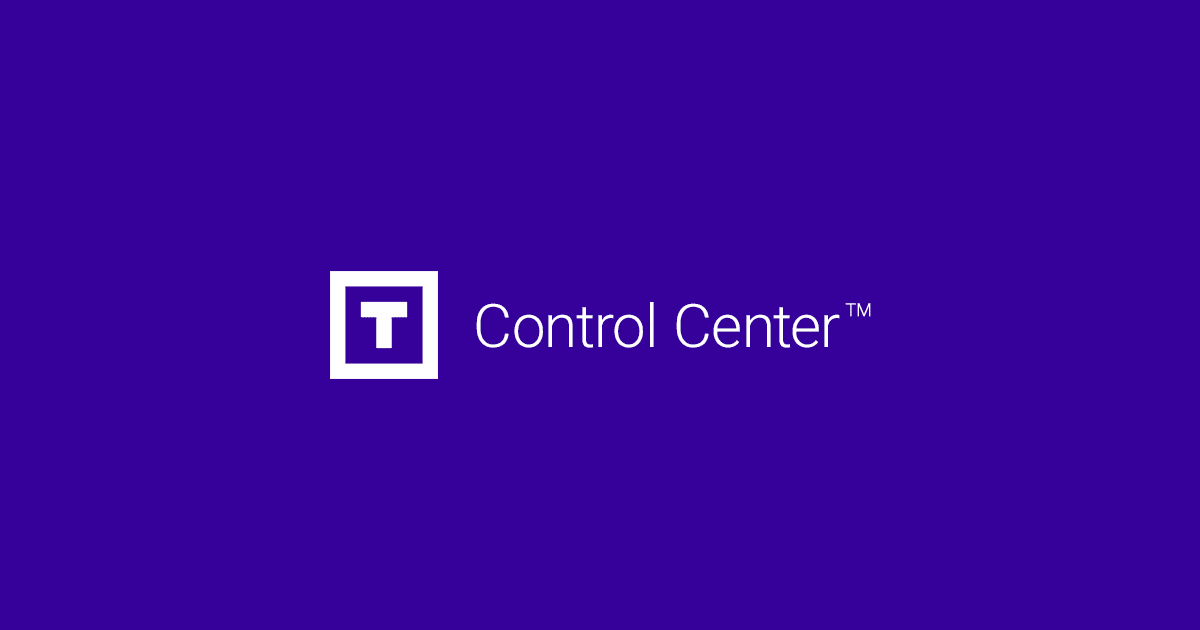
Even the most optimized code runs into an impassable limit: physics. The distance your data must travel from your origin server to your user's screen on the other side of the world is real, and it's measured in latency.
Every millisecond of that journey is a small point of friction. It's friction that, when added up, can cost you a conversion, a subscription, or a customer's trust.
A user in Tokyo, another in Madrid, and another in Buenos Aires all expect the same experience from your application: immediacy. So, how do we overcome the barrier of geography? How do we deliver a high-speed global experience if our server has only one physical address?
The answer isn't a bigger server, but a smarter architecture.
The "Central Library" Problem
Imagine your web server is a large central library that holds the book (your content) everyone wants to read. If you live next door, great. But if you live on the other side of the country, you have to make a long trip to get it.
Now, what if that library placed copies of the book in thousands of local branches scattered around the world? The user would simply go to the nearest branch.
That's precisely what a Content Delivery Network (CDN) does.
A CDN is a geographically distributed network of servers (known as "Points of Presence" or PoPs) that work together to deliver your content faster. It caches (stores a temporary copy) of your assets (images, videos, CSS, JavaScript) on these edge servers.
When a user visits your site, the CDN directs their request to the PoP closest to them, not your origin server. The result: a drastic reduction in latency and a dramatically faster load time.
Benefit 1: Speed as a Business Metric
For your target audience (programmers, IT teams), speed isn't a feeling; it's a metric. We're talking about improving TTFB (Time to First Byte), optimizing the First Contentful Paint (FCP), and ultimately, positively impacting Google's Core Web Vitals.
For decision-makers, this translates directly into:
- Better Rankings: search engines actively reward fast sites.
- Lower Bounce Rates: if your application is slow, the competition is just one click away.
- Higher Conversion: every millisecond of optimization directly impacts revenue.
Benefit 2: The Shield of Security and Stability
An IT team doesn't just worry about speed; they worry about business continuity. This is where a CDN transforms from a "nice-to-have" into a critical necessity.
High Availability: What happens if you launch a viral marketing campaign or your site experiences an unexpected traffic spike (like on Black Friday)? Without a CDN, your origin server could collapse under the pressure. A CDN absorbs this traffic, distributing the load across its global network and protecting your core infrastructure.
Perimeter Security: A modern CDN acts as your first line of defense. By sitting at the edge of the network, it is perfectly positioned to filter malicious traffic. Features like Denial of Service (DDoS) mitigation and SSL Certificate management ensure your application is protected before a threat ever reaches your server.
The Implementation Challenge: Complexity vs. Accessibility?
Historically, configuring a robust global CDN was a complex and costly project, reserved for tech giants with unlimited budgets. It required massive infrastructure, complex cache management, and deep networking expertise.
At Tieriun, we believe that enterprise-grade speed, security, and scalability shouldn't be a luxury. We believe IT teams and developers should be able to focus on building incredible products, not managing the logistics of global content delivery.
With this philosophy, we developed Cosmos™.
We don't see it as a simple "product," but as the embodiment of this strategy. We've built a solution that leverages a global hyperscale network to put your content milliseconds away from your users, wherever they are. We've integrated DDoS protection and dedicated SSL certificates as standard in every plan, because security shouldn't be optional. And we've designed it with transparent billing and smart cache management so teams can scale without surprises.
The Verdict: The Invisible Infrastructure
At the end of the day, the best infrastructure is the one you don't notice. It's the one that simply works, allowing your application to be fast, your site to be always available, and your users to be secure.
A CDN is no longer a technical "extra"; it is an essential component of digital infrastructure. It's the invisible architecture that ensures customer trust, millisecond by millisecond.




